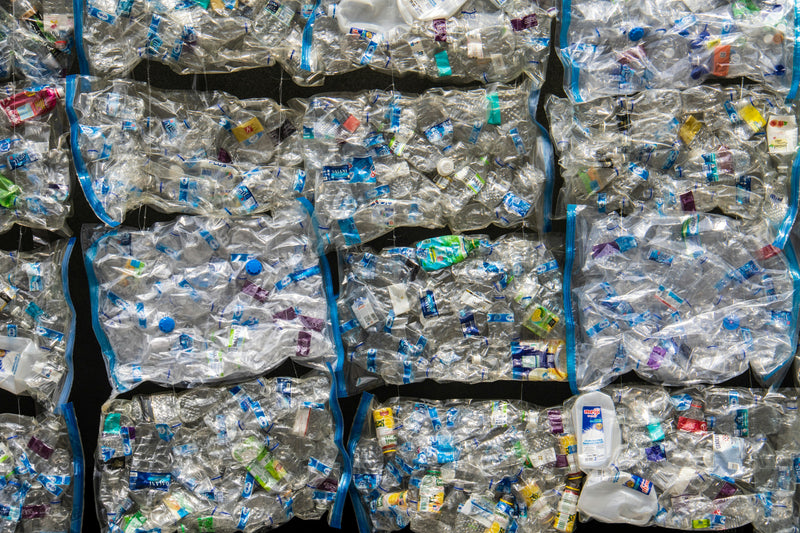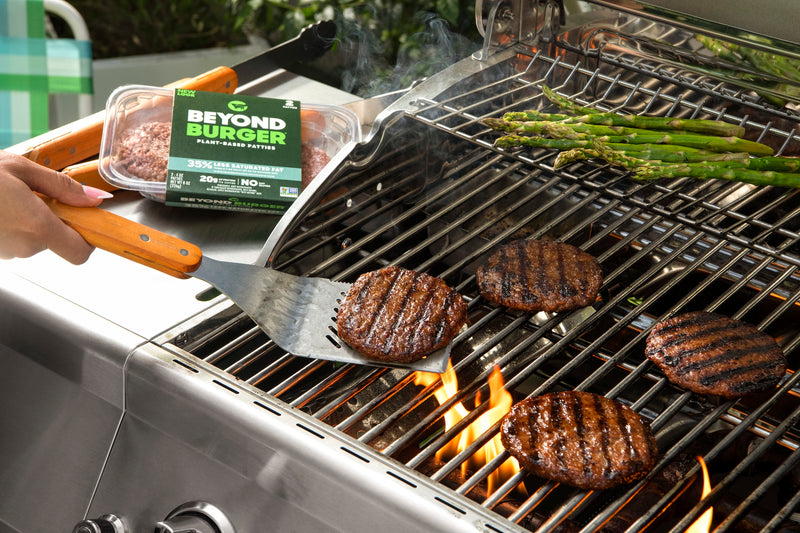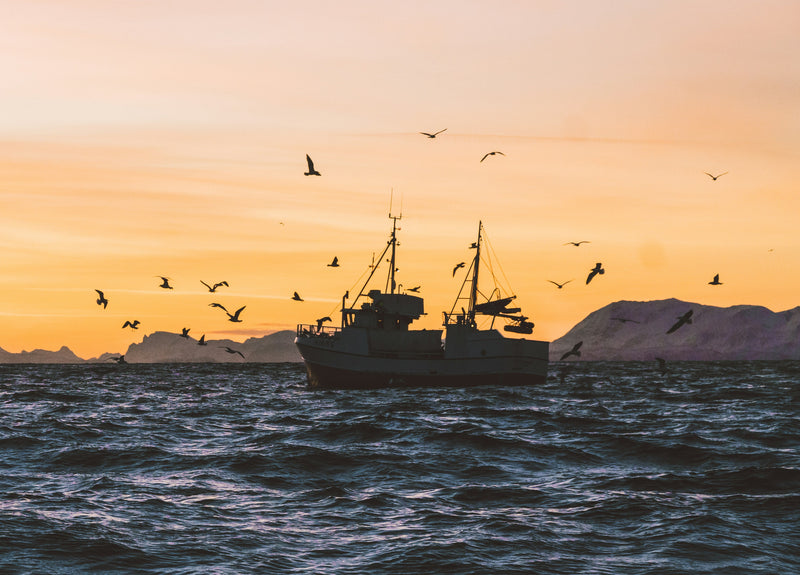You’ve probably noticed a smooth, shiny liner inside your single-use coffee cup or soda.
While materials vary, it’s likely a plastic-based lining that’s helping to prevent leakage and maintain the structure of the cup.
While effective, these cup coatings are not altogether innocent. Let’s take a look.
What we’re watching
For decades, polyethylene — also known as PE — has been the material of choice for lining and waterproofing single-use paper cups.
PE is the most commonly produced type of plastic, and it’s primarily used for packaging, plastic bags, plastic film coating, and plastic bottles.
PLA — or polylactic acid — is also becoming a popular option for lining cups. These so-called “bio-plastics” are resins that are typically made from cornstarch and help provide cups with an impermeable barrier.
Why it matters
The problem with PE-lined cups is that not only are they more difficult to recycle, they can lead to microplastic pollution and may cause health issues.
While better for the Earth than PE-lined cups, PLA takes years to biodegrade. And because they’re plant-based, it comes “with the environmental problems that large-scale agriculture causes,” according to Yale researchers.
Health concerns
A recently published study shows paper cups can be just as toxic as plastic cups when they end up littered in our natural environment.
Researchers at the University of Gothenburg in Sweden say that PE-lined cups leach chemicals into drinks — especially hot beverages. Within about 15 minutes, a PE-lined cup’s coating begins to degrade.
"An average person drinking three regular cups of tea or coffee daily, in a paper cup, would end up ingesting 75,000 tiny microplastic particles," said Dr. Sudha Goel.
Other options?
A relatively new cup lining — aqueous or water-based coatings — is starting to gain popularity among environmentally focused brands.
Typically, PLA or PE lining is ‘glued’ to a paper cup or sprayed onto it, leaving a coating on the paper’s outer layer. Aqueous coatings are more like paint that soaks into the paper fibers, thereby making it impermeable to liquids.




